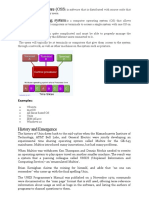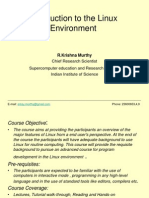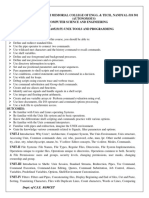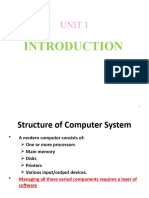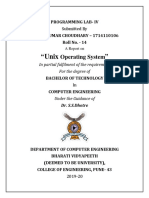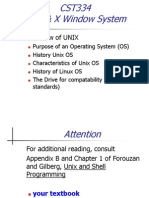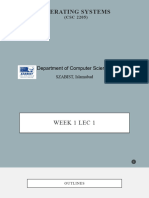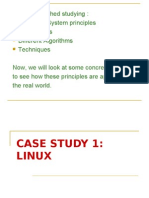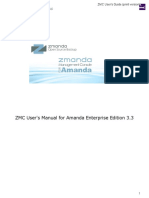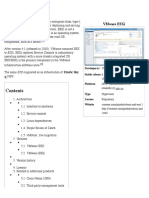0% found this document useful (0 votes)
110 views7 pagesHabbib Shaikh (6-Sem) - Unix and Shell Programming
The document provides an overview of the Unix operating system, detailing its definition, history, memory management, interrupts, uses, and applications. Unix is a multiuser, multitasking OS known for its flexibility and stability, with roots dating back to 1969 at Bell Labs. It has evolved into various versions, including Linux and macOS, and is widely utilized in servers, networking, and software development.
Uploaded by
Masum mondalCopyright
© © All Rights Reserved
We take content rights seriously. If you suspect this is your content, claim it here.
Available Formats
Download as PDF, TXT or read online on Scribd
0% found this document useful (0 votes)
110 views7 pagesHabbib Shaikh (6-Sem) - Unix and Shell Programming
The document provides an overview of the Unix operating system, detailing its definition, history, memory management, interrupts, uses, and applications. Unix is a multiuser, multitasking OS known for its flexibility and stability, with roots dating back to 1969 at Bell Labs. It has evolved into various versions, including Linux and macOS, and is widely utilized in servers, networking, and software development.
Uploaded by
Masum mondalCopyright
© © All Rights Reserved
We take content rights seriously. If you suspect this is your content, claim it here.
Available Formats
Download as PDF, TXT or read online on Scribd
/ 7

